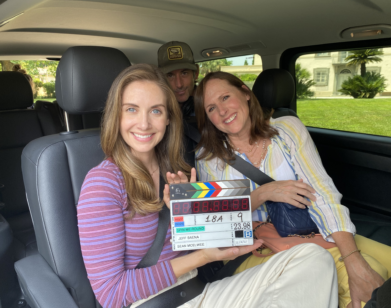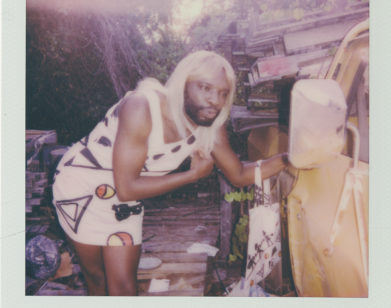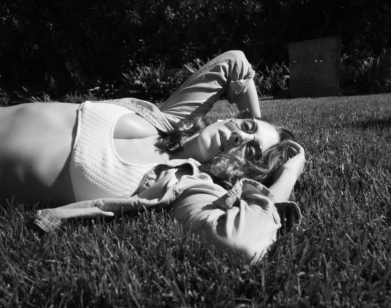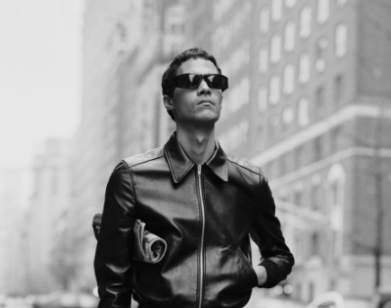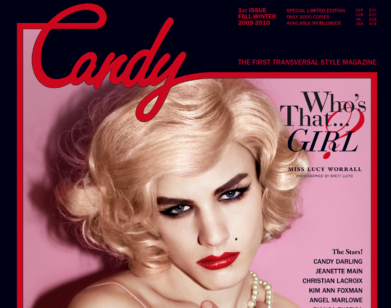Why The Disaster Artist is a turning point for the Franco brothers
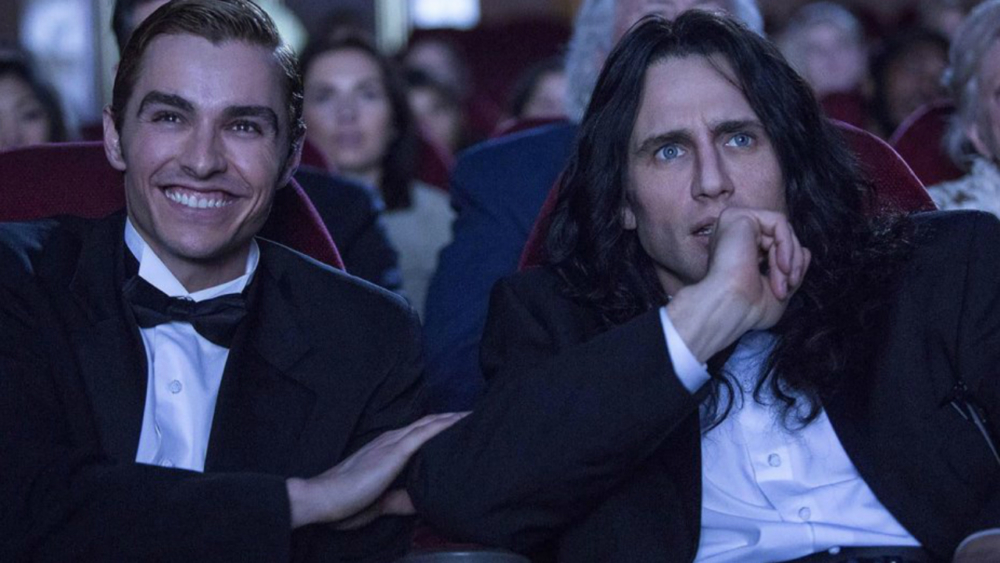
IMAGE COURTESY OF A24
The last time James Franco directed a movie, I hopped on the phone with him to talk about it. It was called In Dubious Battle, just like the John Steinbeck novel it was based on. Like every other movie Franco had directed to that point—and there are a lot—not many people saw it. Even less liked it. The rap on Franco-as-director at the time was film student with a budget. He was a novice not afraid to try different things, but his work, while artistically bold, sometimes smacked of self-indulgence. And it was almost always boring. Be it his William Faulkner adaptations As I Lay Dying [2013] and The Sound and the Fury [2014], or more blatantly experimental fare like the pseudo-documentary Interior. Leather. Bar., James Franco’s movies felt like the products of an artist still in search of a voice. They played into the image Franco was cultivating for himself, as someone who was more preoccupied by the creative process rather than the finished products. His prolificness proved to be a weakness.
But even back then, even before anyone had seen it, there were rumblings that his next movie would be different. I asked Franco about that movie, The Disaster Artist, which tells the story of the making of Tommy Wiseau’s atomically bad movie The Room [2003]. “It’s about artistry and Hollywood and making movies and and all these things that I’m interested in,” he said at the time. “But it also has a kind of a comedic side to it and a more commercial aspect to it that would allow us to make a studio film, but also have it sort of be the kind of movie that still has our sort of stamp and voice.” It turns out James Franco wasn’t overselling it. The Disaster Artist is all those things, and the first great movie of his directing career. It turns that the guy who spent so much time trying to translate Faulkner’s pastoral dialogue to the big screen just needed the right material. In Wiseau, Franco found a kindred spirit, someone who’ll make what he wants because he wants to make it. It doesn’t matter what other people think; it’s his vision, and it works.
The Disaster Artist also features the most fully-realized performance of Dave Franco’s career. The younger Franco plays Greg Sestero, who co-authored the book The Disaster Artist: My Life Inside The Room, the Greatest Bad Film Ever Made, which the movie is based on. Sestero met Wiseau in San Francisco during an acting class in 1999 and was immediately struck by Wiseau’s wild-man charisma and fuck-it approach to acting. The two became friends, first doing line reads together, and then moving to Los Angeles to try and make it. Sestero, whose American Eagle good looks were enough to land him an agent but not enough to land him a part, eventually got fed up with rejection, and so he and Wiseau (who, with his Dracula-as-recovering-alcoholic vibe, never stood a chance) decided to create their own opportunity. Wiseau pounded out the script for The Room, which he saw as a sweeping melodrama about friendship and betrayal. He would play Johnny, a banker who gets cheated on by his fiancée and his best friend Mark, played by Sestero. The movie cost $6 million to make and was self-financed by Wiseau, who to this day has kept his fortune, along with his age and birthplace (he says he’s from New Orleans) a mystery. And the rest is midnight-movie history.
The Disaster Artist works not just as a meta look at the torturous process of making a movie, but also as a strange bromance that would feel at right at home in the Judd Apatow Cinematic Universe. It’s no coincidence that Apatow cameos in the movie as a producer, or that Seth Rogen plays script supervisor Sandy Schklair. This is James Franco’s twist on the comedic bro-downs he’s been participating in for much of his career. It’s got laughs, but it’s also a commentary on the often excruciating creative process. And while James Franco’s hypnotic and spot-on portrayal of Wiseau deserves all the praise it’s been getting, it’s his younger brother’s poignant take on the unlikely underdog Sestero that grounds this wacko fable into something relatable.
Until now, Dave Franco was best known for excelling at playing the kind of varsity asshole he played so perfectly in 21 Jump Street [2012]. He built his career on cultivating a kind of jerky charisma. But in The Disaster Artist, Dave Franco humanizes Sestero, who, with his frosted tips and cheesy facial hair could have easily become a caricature. But as Wiseau’s behavior becomes increasingly erratic and disturbed, and his mystique begins to crack, the disillusionment and heartbreak Sestero feels is the movie’s dramatic highpoint. And it looks like The Disaster Artist officially marks the end of Dave Franco’s frat boy phase. His next roles will be as a relapsing drug addict in the Netflix drama 6 Balloons, an unspecified role in Barry Jenkins’ Moonlight follow-up If Beale Street Could Talk, and finally, as the actor Montgomery Clift in Zeroville, another book adaptation about the inner-workings of the movie industry. That was directed by none other than James Franco.
THE DISASTER ARTIST IS OUT IN THEATERS TODAY.

